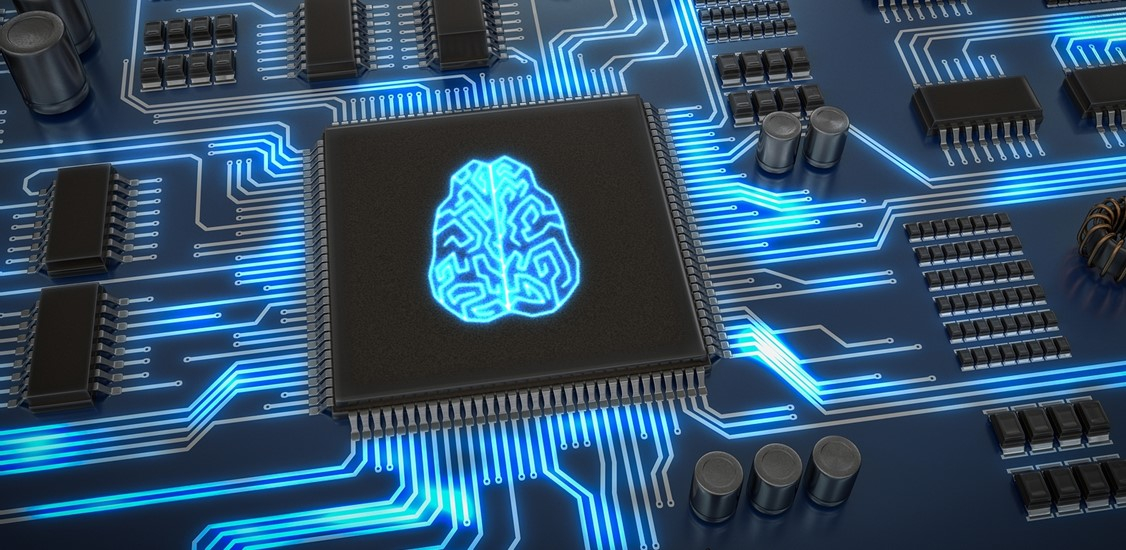Help your AI and deep learning tools become smarter
Artificial intelligence is set to benefit the economy tremendously, improving society by accelerating the evolution of work and creating new opportunities. And with deep learning and machine learning, AI can become smarter over time as it continues to analyses more data. Well, there definitely won't be a shortage of data in the coming future, with the accumulated world of data set to explode to 44 zettabytes by the year end.
Data can be generated anywhere and at anytime, on any premises. In Malaysia, the MySejahtera app amassed the AI power to combat and track COVID-19 cases in a timely manner, with a total of 23 million users, and a daily average of 15 million check-ins by November 2020. Government bodies are using technologies that involve analysing a significant number of available data points. Such data analytics algorithms constantly evolve by learning more about the coronavirus each passing day.
However, AI and deep learning can go awry if they lack processing power. During the Black Friday sales 2020, a few small business advertisers in the United States were adversely impacted by Facebook Ads, due to the latter’s prioritising of topics such as the elections and pandemic on its platform. This left many small businesses trapped in Facebook’s automated filters and unable to advertise, leading to poor sales for them.
Processing data actually costs time and money. In fact, training a deep learning model can take weeks. This doesn’t include the weeks or months needed to define the problem and the iterative successes and failures in programming deep learning networks before AI and deep learning reach the required performance thresholds. It also takes considerable time and effort to hire data scientists and engineers for weeks of continuous computing time on hundreds of graphic processing units (GPU).
Three computing technologies can help reduce the time and cost of AI and deep learning processing:
High Performance Computing
High-performance computing (HPC) is the ability to process data and perform complex calculations at high speeds. As AI and deep learning are evolving, the size and amount of data is also growing exponentially. Therefore, they need reliable, lightning-fast infrastructure to process, store and analyse the data. For example, Intel, NVIDIA and other chipmakers are utilising graphic processing units (GPUs) and field-programmable gate arrays (FPGAs) in large data centres. Google and Microsoft are building proprietary chips to make their deep learning platforms a little faster and more desirable than others. These AI chips and infrastructures can improve the experience of running the Deep Neutral Net for processing data on a large scale.
Neuromorphic Computing
Neuromorphic computing mimics the natural biological structures of our nervous system. Unlike traditional central processing units (CPU), the memory and computing elements are intertwined rather than separated. This minimises the distance that data has to travel, because in conventional computing
architectures, data has to flow back and forth between memory and computing. With neuromorphic computing, it is possible to train machine learning models using a fraction of the data it takes to train them on traditional computing hardware. Therefore, AI can generate an environment by learning from one environment and applying it to another. This will make them very quick learners, ultimately making more accurate predictions than conventional machine learning models.
Quantum Computing
Quantum computing can help resolve combinatorial optimisation problems. It uses a statistical mechanics model that mimics the behaviour of magnetic material. This special type of quantum computing is called a quantum annealing machine, instead of utilising gate-based quantum computers. Rather than using expensive quantum techniques, businesses will need a complementary metal-oxide semi-conductor (CMOS) annealing machine that simulates an Ising model on semiconductor circuits. With this special cooling annealing machine, quantum computers can solve factorisation problems in a matter of seconds and access all encrypted secrets. For example, current cryptographic systems such as Rivest–Shamir– Adleman (RSA) and Advanced Encryption Standard (AES) protect online bank transaction details and other sensitive information. Quantum computers could easily solve many of these previously intractable problems, and while the technology remains in its infancy, it will be able to defeat many current cryptosystems as it matures.
High Performance Computing, Neuromorphic Computing and Quantum Computing are reliable methods that reduce the time and cost of AI and machine learning. Hitachi Vantara is also focusing on these different approaches to help make AI and deep learning become more effective tools. In this digital age, data is a crucial component for businesses as it produces valuable insights. However, humans cannot manually manage terabytes of data. Therefore, businesses need to utilise different approaches to create the best AI and deep learning tools for data management and better business outcomes.




















